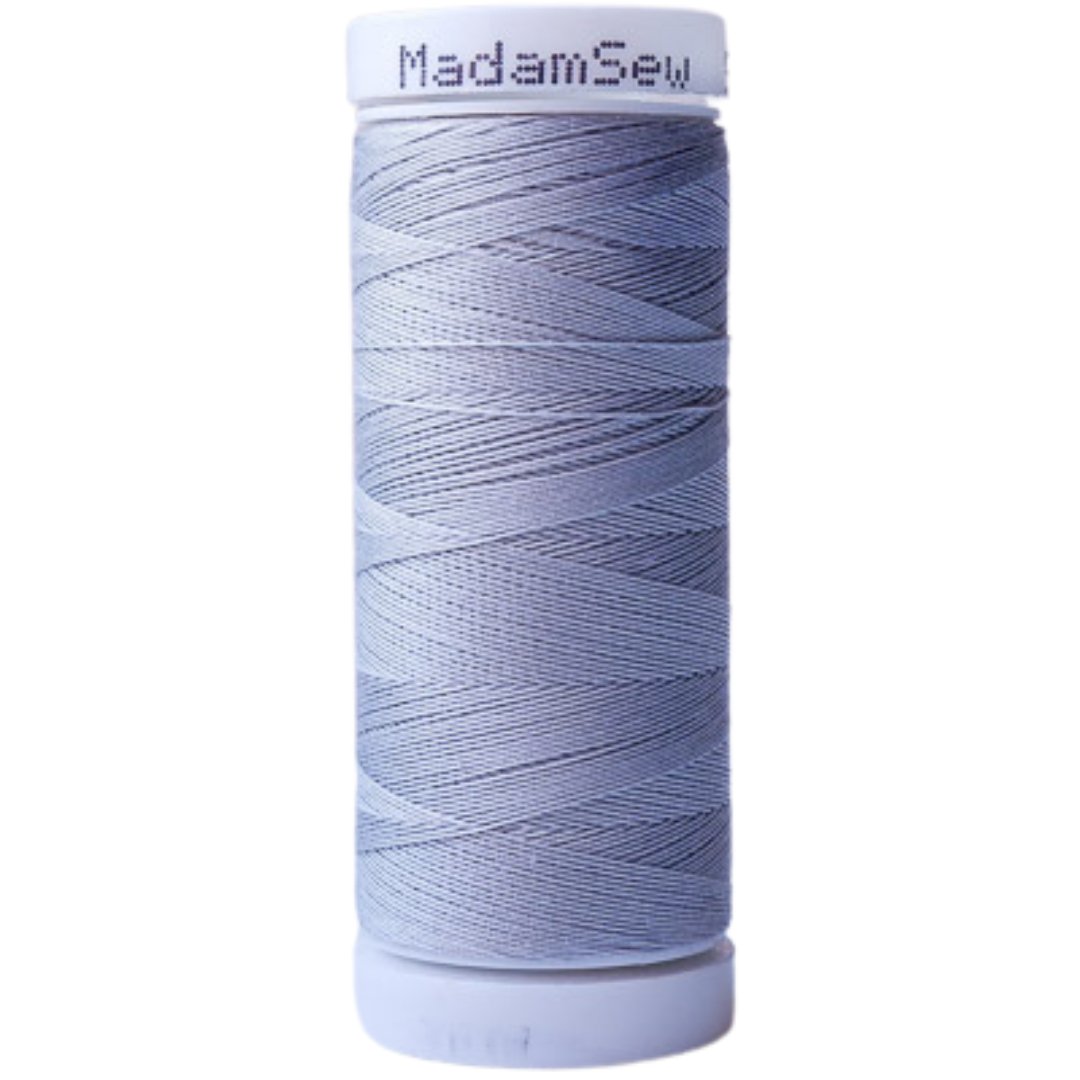Quilted Panel Piecing
Have you ever purchased a quilt panel that you love but then later find it challenging to figure out what to do with it? In today’s post we are going to talk about how to design and build a quilt around panel pieces and how to plan for different sized blocks within that quilt. If you don’t have or use panels, these techniques can also be applied to any quilt that calls for blocks of varying size.
Assume ¼” seam allowance throughout
When working with a panel:
- Decide which or how many of the pictures you want to use in your quilt.
- Decide how much, if any, of the background color you want to see in the final quilt, as it will affect how you want to cut the pieces. I only want some of the green showing once it’s sewn in, so I cut some at ¼” all around, and some at ½” all the way around.
Once you have the panel cut into the pieces you want, the fun really begins! This is when you can play with the layout of your images and get a feel for where you want them to be in the main quilt top.
The trick to using different sized blocks is to isolate sections of the quit design and remedy the seams where there is extra length. For starters, I need to match the seams along the tops and bottoms of the medium block (in this case the “Friends” panel image) with the 4” cherry image blocks. To do this, I have made 4” snowball blocks and calculated the sashing to go in between them.
The short side of the medium block measures 9 ¾”. Each small block measures 4” square.
To calculate how much sashing is needed:
Add the two small block sides together: 4 + 4 = 8
Subtract that total from the side of the larger block: 9 ¾ - 8 = 1 ¾
This unit will need 1 ¾” sashing in total, divided between the two spaces, to match that short side of the larger block.
Now that we have our first seams reconciled and squared up, we can lay it out next to the long seam of the next panel piece, in this case the main rectangular image block. You’ll notice it doesn’t match the length, so just like the previous step, we will reconcile these seams.
The long side of the panel piece measures 21” and the long side of the unit I just finished measures 18” long.
Subtract the shorter seam from the longer one: 21 – 18 = 3
This unit will need a total of 3” of sashing between the top and the bottom of this unit. In order that it will be centered to the larger block, divide that 3” in half to get 1 ½” sashing for each side.
For the next strip unit, I have more snowball blocks and added corresponding broken dishes blocks, also in 4” square size. I’ve added a 4” wide rectangle of the blue fabric, and added appropriate sashing to reconcile the length.
In the final unit of this quilt top, I want to create more visual interest and playfulness to the design by adding large pinwheels in the corners. To determine the size of sashing necessary for the bowl image panel piece, I chose the size for the pinwheels first and worked from there.
The pinwheel size is 6 ½” and the bowl image block is 4” wide.
Subtract the panel block size from the pinwheel size: 6.5 – 4 = 2.5
I will need a total of 2 ½”of sashing above and below the block to place it in the center of the pinwheels. Divide that in 2 and I will need 1 ¼” for each side, plus seam allowance, thus my sashing for those is cut to 1 ¾” wide, and the same length as the bowl block.
The last calculation to do is to determine what size block or background fabric to place between the bowl block and the pinwheels to match it to the length of the existing quilt top. This came out to two 5 ½” by 6 ½” rectangles. I used background fabric.
To complete the quilt top, sew all the units together!
When you step back and look at the finished product, or when looking at other people’s quilts, it can be overwhelming trying to figure out how they got all those blocks to fit together, especially when they are in a variety of sizes. But when you isolate the design into sections and tackle it bit by bit, you can see how simple it can be to piece something with different sized blocks and even design your own quilt top!

















7 comments
Beautiful design! Love it!
Really enjoyed the construction steps when working with panels. I have several just waiting to be “discovered” for completion and now I have the inspiration to do so. Thank you.
Thanks for all the tips! I have so many panels that need to be done.😊
Great pictures for my help. Thank you
Thank you for this great example of the how to adapt a panel to a whole quilt top! Very, very helpful!